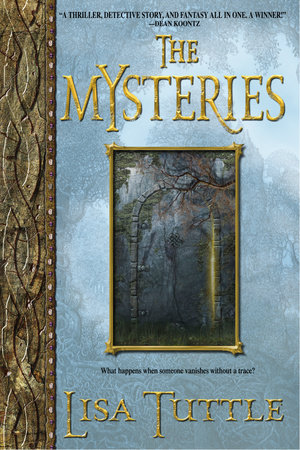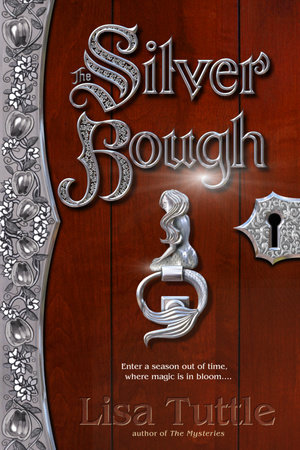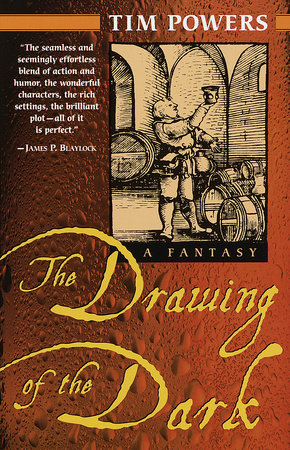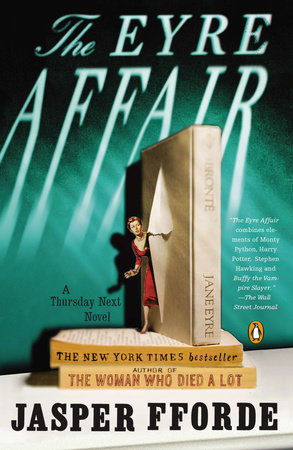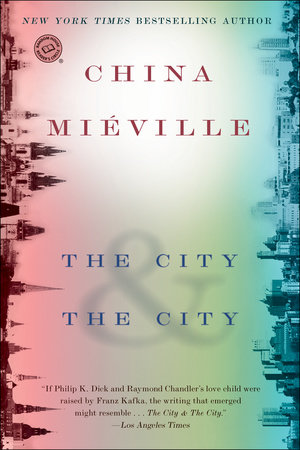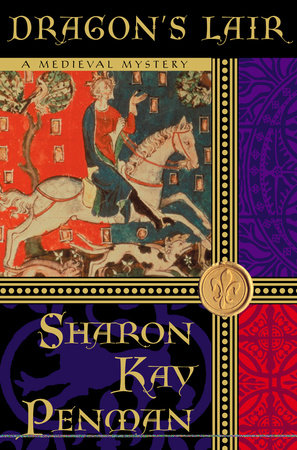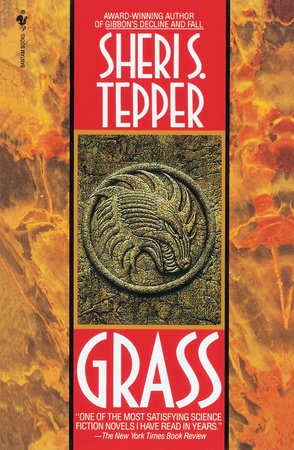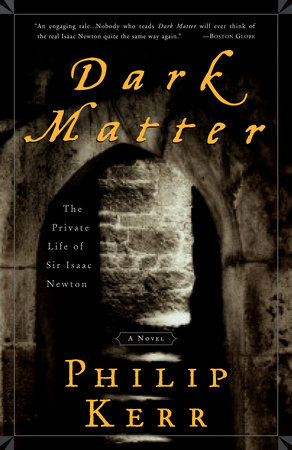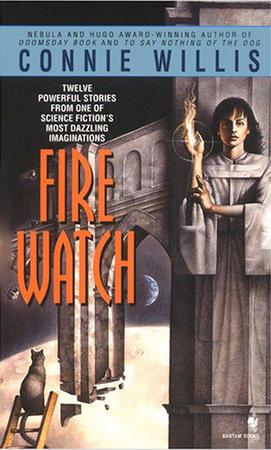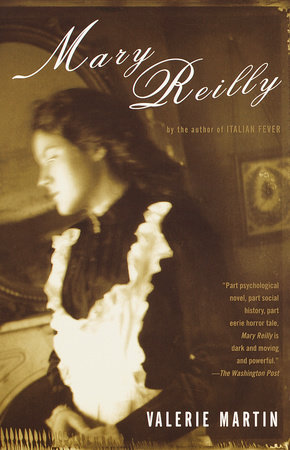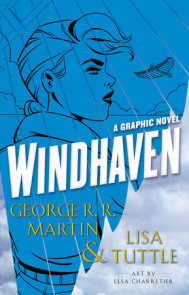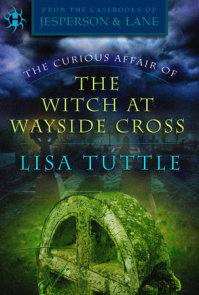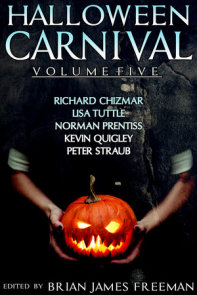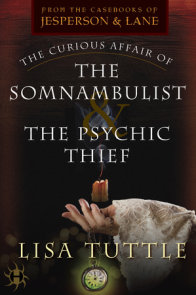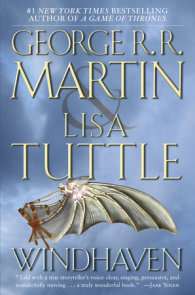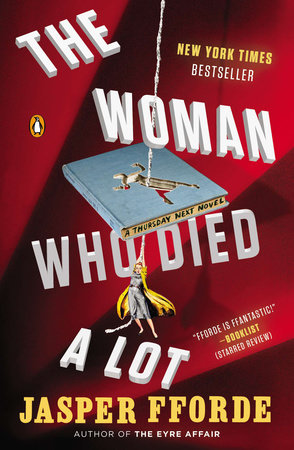Author Q&A
Writing The Mysteries
By Lisa Tuttle
Where did The Mysteries come from? Well, let’s see…
Along the ragged, rugged west coast of Scotland are many narrow winding roads, largely deserted although they pass through magnificent scenery. I was walking along one beside Loch Sween, when I caught sight of what appeared to be a huge stone doorway set into the hillside. It could have been the entrance to a castle or a fortress, but it went nowhere, and was half overgrown with weeds, bracken, and purple-blooming heather. I couldn’t find it on any map, and most guidebooks don’t mention it because, unlike the Iron Age fortress called Dun a’Chaisteal or the medieval Castle Sween in the immediate area, the "doorway" wasn’t built by man. It’s a natural rock formation that used to have a reputation locally as an entrance into the Otherworld, for which it was called Cachaileith na Sith or "the Fairy Door." I felt, when I saw it, that unmistakable quiver of interest that meant I had to write about it. I wondered if it could be connected with another story that had haunted me for years, "The Wooing of Etain."
I’m not sure when or where I first read it, but by the early 1980s, when I was living in London, I’d become obsessed by this ancient, Irish story, which is wonderfully romantic but also truly, deeply weird, full of bizarre little details and powerful emotions. The oldest written source is a twelfth century manuscript, but the story itself may date back to the Iron Age. I did some research into what’s known about early Irish culture, trying to get a handle on what it really meant, but I knew I was going to have to write my own version of it, translated into the modern world, before it would make sense to me. After a few false starts I put it aside for later.
When I first saw Scotland I thought it was the most beautiful place I’d ever seen. I’ve always found the Scottish landscape magical and creatively stimulating. But it wasn’t until I came to live here that I learned that this particular part of the country was claimed many centuries ago by the Irish, who called it the kingdom of Dalriada. Only a few traces remain now, in ancient stones, place names, and folklore, but they’re compelling: less than a mile from my house is a cairn that’s said to be the grave of the legendary Irish hero Diarmid; and the gigantic boar he hunted gave its name to my village (Torinturk = hill of the boar). Walking in the woods around here, it’s easy to feel the Celtic Otherworld is close at hand.
But long before I came to Scotland, back when I was a kid growing up in Texas, I was fascinated by true stories of people who had disappeared. Like Ian Kennedy, the narrator of The Mysteries, I had a favorite book full of great unsolved mysteries of the past. Over and over again I read about the Marie Celeste and the three lighthouse keepers of Eilean Mor, about Owen Parfitt, Benjamin Bathurst, Ambrose Bierce, and others. Where did they go? Despite the passage of time, these mysteries haven’t been solved. There may be perfectly rational explanations, of course, and yet–prosaic solutions can be a bit of a let down. I think the reason such unsolved mysteries appeal to our imagination is because of what they suggest: that there may be other dimensions out there, other realities besides the one we occupy. It’s that feeling I wanted to explore in The Mysteries.
